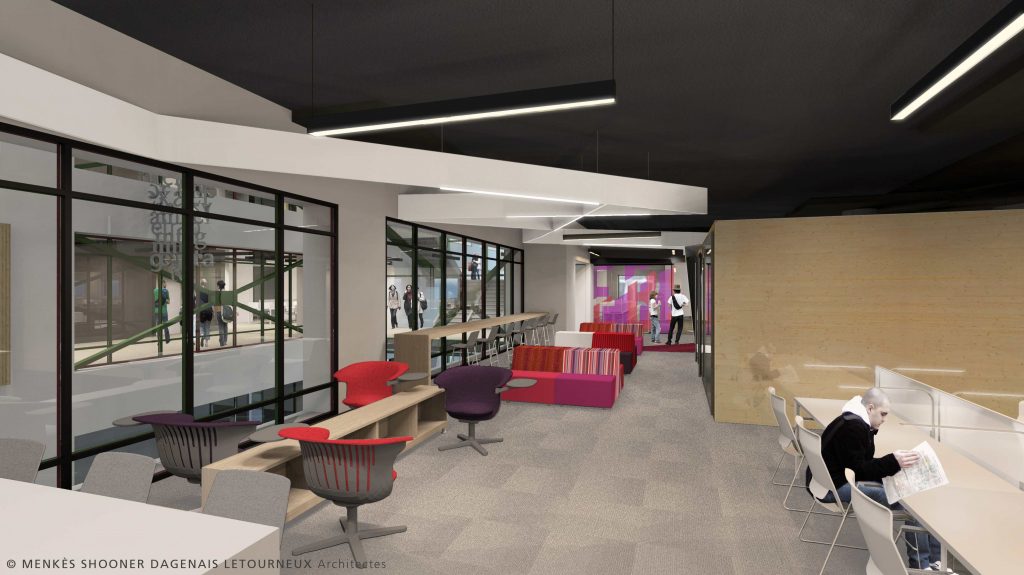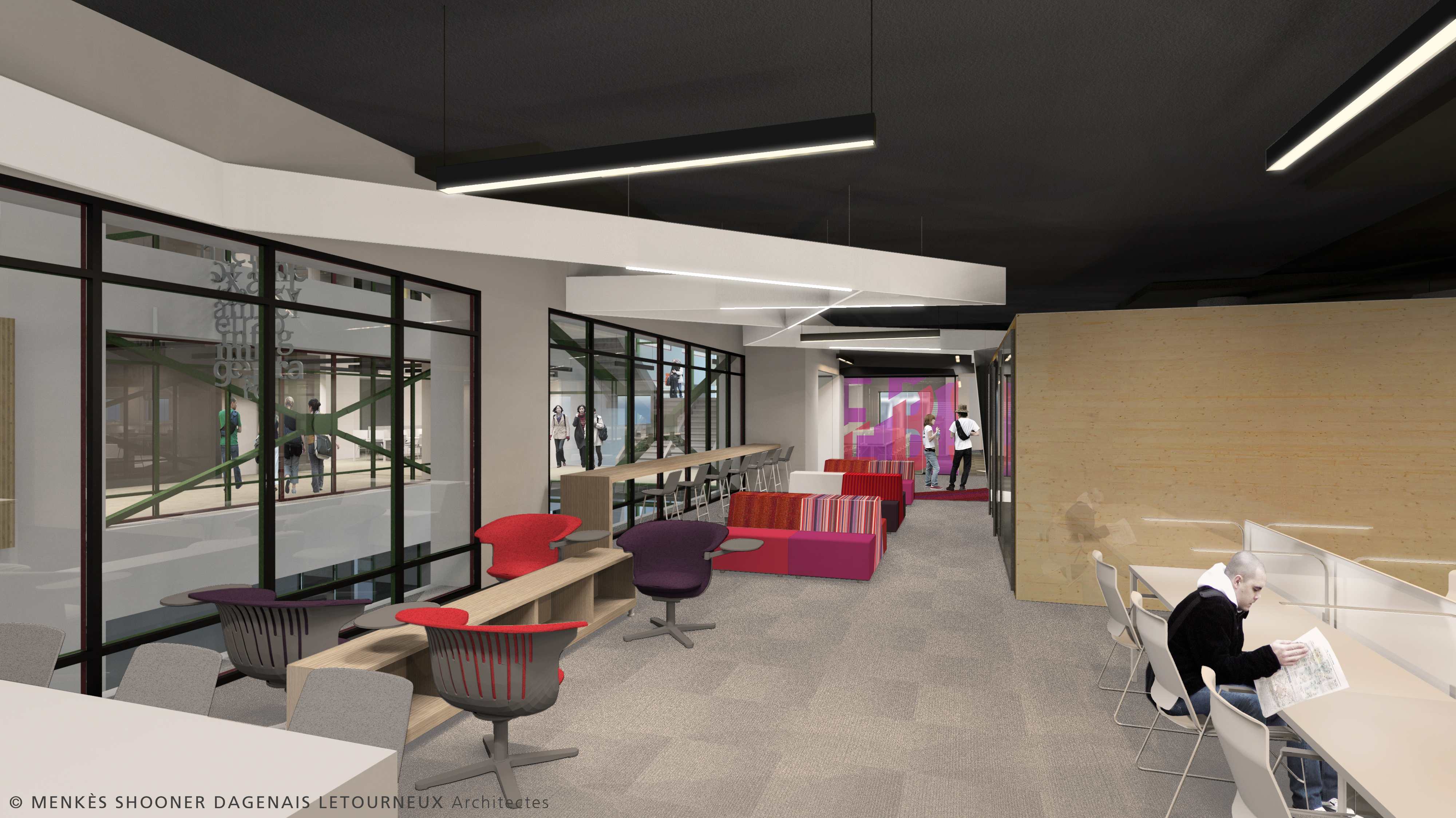Complete construction to be finished by April 2017

On March 4 at the J.W. McConnell building, a one-hour information session was held by Beaudry to discuss and set forth the renovation proposal to the board and devise a plan to improve the library space. The board acknowledged the issues presented and allowed Beaudry to begin by creating a proposal, which she shared with the student and staff attendees at the information sessions, (another one was held at the Loyola campus in the Vanier Library on Friday, March 7).
Beaudry has been working with students and gaining a lot of feedback through surveys using LibQual – an online library service survey – focus groups, and other means to find out how Concordians feel about their space.
One of the many comments expressed by current Concordia students is that “it is often difficult to find space in the library during exam periods.”
The Webster Library is open 24 hours a day, seven days a week and currently accommodates 1.8 million visits per year and 6-12 thousands visits per day, but Beaudry stresses that these numbers are going up at an accelerating rate; in February the library was averaging over 12,000 visits per day, which is supposed to be a relatively slow time of year.
Within a 20-year period, from 1992 to 2012, the population of students attending Concordia has nearly tripled going from 16,000 to 45,000.
In the proposal produced by Beaudry, the goal is to increase the overall space of the library by 27 per cent and the number of seats by 114 per cent, from 1,550 to 3,400.
Another addition to study space Beaudry would like to see is in the Grey Nun’s residence building, with plans to turn the chapel into a study hall.
Beaudry expressed that she is not only concerned with the amount of space at the library but also its accommodations for a certain kind of learning environment. One student expressed in a LibQual survey that there’s “not enough space to study and do teamwork.” Beaudry explained that a more “collaborative learning environment” is necessary.
In the proposal, all of the different types of study spaces were grouped into 11 different categories: tables for silent study, carrels for silent study, tables with desktop computers, social areas, group study rooms, presentation practice rooms, graduate student study spaces, classroom and technology sandbox, conciliation rooms, seminar rooms, and zero-noise rooms. In the group study rooms there would be whiteboard surfaces, television screens, speakers, podiums (for practicing presentations), and hook-ups for laptop or tablet devices; the zero-noise rooms would be made out of soundproof glass; more ‘social areas’ or lounge areas would be added; and the seminar room would be like the group study room, but much bigger, with more seats and a bigger space.
Beaudry explained that not only a change in the number of collaborative study spaces would be needed but also a “response to the revolutionary changes in information technology.” Concordia’s Webster Library currently has 200 laptops and 75 tablets available for rent; Beaudry spoke of doubling that number and doubling the number of desktop computers as well.
There have also been issues raised with students having to book study rooms through CLUES. Beaudry explained that CLUES was only designed to take out books and proposes the installation of digital booking modules onto each respective study room.
The digital device would be much like a small tablet or phone so students could punch in which time they would like to reserve the study room. The proposal also requests that 3D printers be available for all Concordia students to use. Additionally, the request for ‘visualization rooms’ that use multiple projectors to create a 360 degree image around one room to immerse the student into an environment using pictures and videos provided by the user was presented.
Beaudry described both visual and aesthetic reforms to take place if the proposal goes through, involving a change in the colour scheme of the space, incorporating more neutral colours (white, black, grey, and wood), along with different shades of maroon, red and pink.
One of the most important things, Beaudry explained, is the presence of natural light; the use of glass instead of brick and mortar will be highly stressed.
“We have to see joy in the space,” said Beaudry.
Along with a few other tweaks, like the incorporation of plants and having the book drop at the front of the entrance, the plans for the Webster Library renovations are just about finished. The board will make their decision in October 2014 and the proposed project is estimated to be finished in August of 2017 if accepted.
If you would like to give feedback email Guylaine Beaudry at [email protected].




